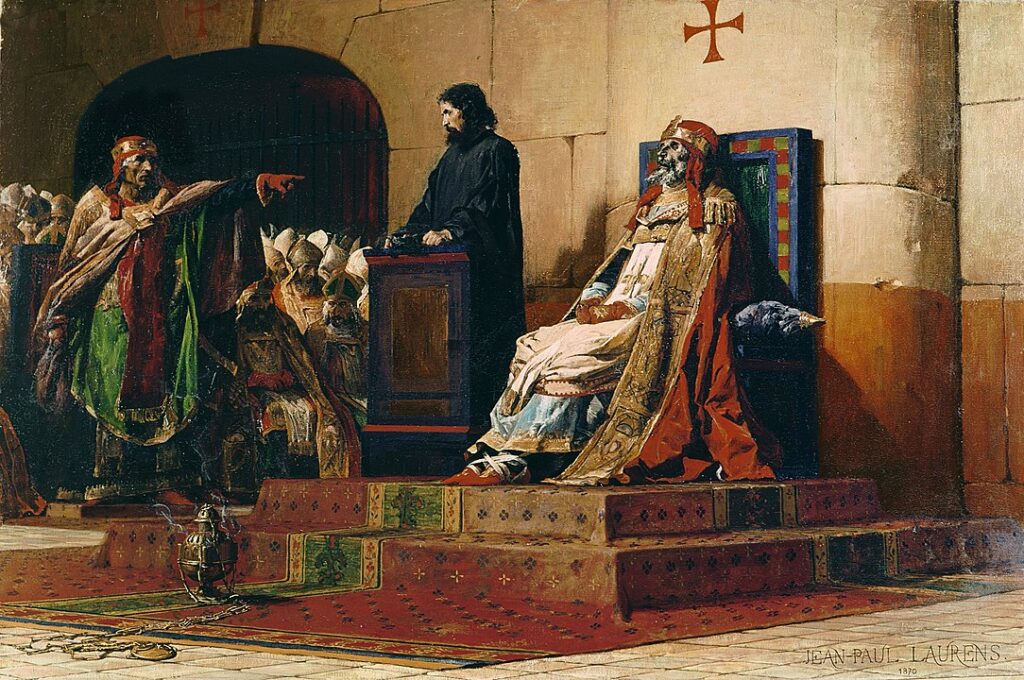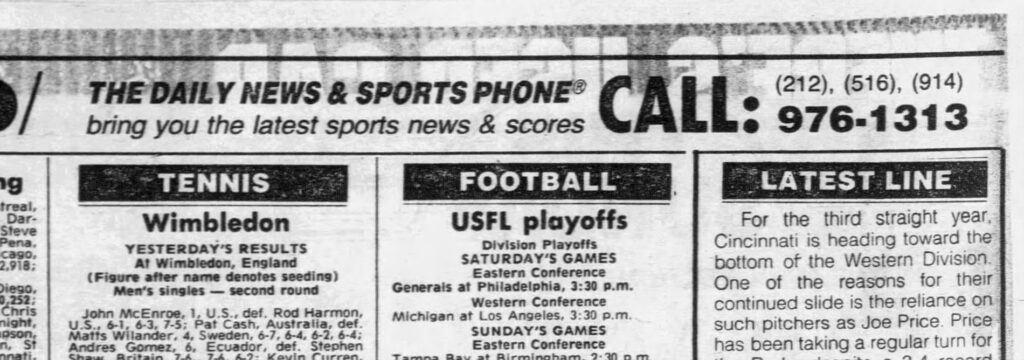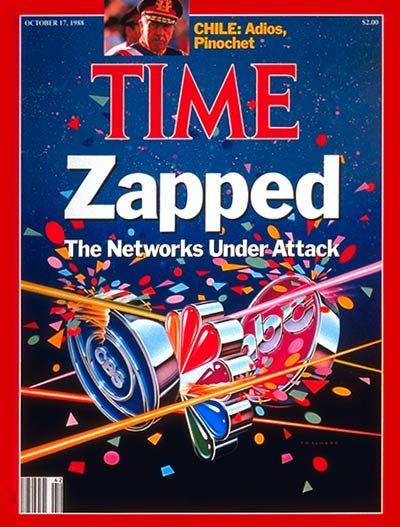David Stern died just over two years ago. If someone wrote the obituary he deserved I did not see it. They have all fallen on a spectrum between “breathless hagiography” and “chin-stroking encomium”. Let us summon the Advocatus Diaboli. Let us dig up the old pope. The truth demands it. Future generations take note.

If you want to attack someone take a page from Karl Rove and ignore their weaknesses. Start with their strengths. Did Stern create monstrous cults of personality, preside over corruption, sanction match-fixing, crush fair play, enrich villains at the public’s expense, engage in petty exercises of power, tend to oafish paranoia and generally make the world worse? Of course. His defenders doubtless gird for these arguments. (They actually love him for his misdeeds.) Where to start? Not there. Reader we have eternity. Let’s send our sappers to the cornerstone of his reputation’s fortress: The swelling business of the NBA under his watch. Did you know the NBA finals were shown on tape delay before he got there?
Did you know the finals were shown on tape delay?
Did you? Did you? Is there a more tired “knowledgeable” factoid in all of sports finance? Somewhere right now Bill Simmons is breathing these words for the 500th time into a podcast microphone. The NBA finals were indeed shown on tape delay on network television at times. By the end of Stern’s commissioner-hood this was long gone, and television revenues were way up. (Ratings were not, but we’ll get to this.) But those finals were shown live, oh yes they were. And everyone made so much money off of television. Franchise values went way up because television money went way up. David Stern was there in his New York office for all of this glorious rise in revenue, so he must have orchestrated it, right? Can you believe he got those finals off of tape delay? They used to be shown on tape delay, did you know that?
The whole tape delay thing shows just what we have forgotten about the media landscape of previous generations.
Sports simply wasn’t as valuable a TV product as it is today
People today seem to conflate what tape delay means. It serves as a dirty word that shows that the NBA wasn’t as nationally prominent as it “could” be, or that “the networks” didn’t respect the NBA as they soon would under Stern. The truth is that tape delay meant they at least were showing it, and doing their best to properly value the size of the NBA audience given the size of their normal primetime audience. For one thing, showing stuff at a few hours delay wasn’t that big a deal in the pre-24-hours era. ABC famously tape-delayed the “Miracle on Ice” at the 1980 Olympics. (Still the highest-rated hockey broadcast ever.) How’d they pull that off? They just didn’t tell anybody the score. There was no internet, there was no ESPN ticker. There wasn’t even all-sports radio. WFAN went live to 24-hour sports in July 1987. In that time the AM news stations would do a few scores every hour if you were lucky. Just getting the scores was near impossible until the next morning’s papers. Sportsphone was a product because it was so hard to get scores people would pay multiple dollars per minute for updates. The last tape-delayed finals game wasn’t until 1986, well into the Stern era.

(I’m going to use 1980 as roughly the start of Stern’s dominance, at least for this finance stuff, since as wikipedia says: “By 1980, O’Brien promoted Stern to be the NBA’s executive vice president for business and legal affairs, which made Stern de facto in charge of marketing, television, and public relations for the league.” His actual commissionership began in February 1984.)
At least they were showing the games. It may seem insane at this remove, but in the 1970s there were plenty of times when major sports playoffs were simply not televised at all. According to the wikipedia article “Major League Baseball on television in the 1970s” there was least one time (1971) when an ALCS game was rained out and NBC simply did not broadcast the makeup game the next day. This is the “semi-finals” of baseball, not being shown on television, in an era when the ensuing World Series got 61 million viewers. Again from wikipedia: “Except for Game 1 in both League Championship Series, all games in 1975 were regionally televised.” No national broadcast for the ALCS! How could the networks be so stupid?
They weren’t, of course. They just had bigger fish to fry.
Network audiences were incredibly huge until they weren’t.
The 1970s was a peak for American network TV’s media domination machine that we only see shades of today. Look at a random year, say 1973-74 primetime. Maude and Happy Days are pulling 20+ ratings…. against each other! Take a look at the alltime Nielsen page on wikipedia. The top 70s shows were routinely getting 20 million plus households in total viewership. And their competitors weren’t far behind! There were only three slots. The three major networks so completely controlled everything that most live sports couldn’t clear the bar of viable programming. (In rating points, no NBA game ever has ever surpassed what those top 1970s primetime shows were pulling. The best two Jordan finals games might be ahead in raw household count, albeit after 20 years of US population growth.)
To sum up: networks “snubbing” the NBA and the indignity of tape delay wasn’t any particular black mark on the NBA, it was the realities of the limited slots of televised entertainment and the extremely high bar anything had to clear. You can sneer at a 10 million viewer show (like a sports broadcast) that requires live work and a big crew when your Century City backlot is a goldmine producing 20 million viewer sitcoms on a 9-5 schedule 25 weeks a year.
What happened over the next 10 years, of course, is that cable arrived and shot those network show audiences to pieces, while live sports held its own. Suddenly a 10 million viewer show is an extremely compelling product.

This famous Time magazine cover story ran in October 1988, and what did they choose to hark back to as the peak of network power? 1979. That was the year the first cable baseball deal was signed. That was the year before Stern was put in charge of NBA media. Cable put more channels in more households than ever. All of a sudden there was a demand for 50 shows instead of just three. The pie got bigger, but getting a big slice was more elusive. Cable operators and team owners woke up little by little to the fact that live sports was a guaranteed moneymaker in a 50-channel world.
Consider: in the 1970s San Francisco Giants regular season games weren’t even shown locally, except when they played the Dodgers. The same goes for most LA Dodgers games. There was no regular season TV for major league baseball in the two largest west coast markets. It just wasn’t big enough. Of course by the late 80s the first regional sports networks were getting ramped up. These were whole channels that served only as a local sports delivery service. No one thinks Fay Vincent is a league-saving genius for happening to be there when the teams and the RSNs took the obvious step of putting very popular major sports teams on televison night after night.
To sum up: Though David Stern was no doubt a roguish business wiz, you could have trotted an alligator from the Central Park Zoo over to 5th Avenue, put a decent suit on it and it too would have presided over decades of rapid revenue growth and franchise value explosions.
How can we be so sure? Fortunately we have a control league. Another winter indoor sport that suffers structural problems compared to the NBA: Most American kids can’t play it. Yes, ice hockey. A league that was actually run by a sub-replacement-alligator level commish for the last 30 years. Even under Gary Bettman the NHL has expanded all over the US and revenues have gone 10X. Forbes values the New York Rangers at $2 billion dollars and the New York Knicks at $5.5 billion dollars. It ain’t David Stern. It’s cable.
The real tragedy is that the Stern-as-genius narrative became a self-fulfilling prophecy by the end. Having seen growth with the 80s Lakers and the 90s Bulls he became convinced his special brand of meddling was needed to keep the magic going. The truth is the NBA finals could have been Pacers/Nuggets for 19 straight years and everything would have been fine.
At the risk of mixing my religious despot metaphors I see Stern as an executioner priest atop a plateau near Tenochtitlan, presiding over a ruling cult that happens to coincide with a period of rising precipitation across the Mesoamerican plain. His grisly rituals are working so he must continue to demand sacrifice. “Sacramento Kings fans? So young, so innocent? Bring me my obsidian knife.” The rain falls and the corn grows. The blood flows down and the skulls pile up. He grimaces behind his mask. “All this I do for the greater good.” But it was just the weather, man. It was just the weather.